When we think about glowing, healthy skin, we usually credit our skincare products and rituals. But nearly twenty years ago, molecular epidemiologist Christopher P. Wild introduced a game-changing idea that shifted the way we look at overall wellness: the exposome.
Simply put, the exposome is the total of all the internal and external factors we encounter daily—and how they shape our health. Research shows that up to 75% of chronic illnesses may be linked to these environmental and lifestyle influences.
At ISDIN, we’re passionate about understanding the exposome because it helps us care for your skin in a smarter, more complete way. That’s why we teamed up with Dr. Susana Puig, a leading dermatologist and head of one of the first international exposome studies in collaboration with the International School of Derma (ISD), to bring you the latest insights on how your world affects your skin.

Dr. Susana Puig
Head of Dermatology at Hospital Clínic Barcelona and Director of the UB-ISD Dermatological Innovation Chair
What is the exposome?
In Dr. Puig’s words, “The exposome is everything that influences our body that isn’t genetic. It’s all of the things that aren’t already defined by our DNA.”
Think about your everyday choices: the foods you eat, your sleep habits, how much sun you get—all these factors are part of the exposome and play a critical role in skin health.
“The exposome is everything that influences our body that isn’t genetic.”
Dr. Susana Puig
For her, “the exposome factors are all intertwined—interacting, enhancing, or counteracting each other.” That’s why a holistic approach to healthcare, including skincare, is so important.
How does it affect your skin?
Dr. Puig reveals that, while genetics lay the foundation, it’s external factors like sun exposure, pollution, diet, and stress that shape how our genes express themselves.
This means that our lifestyle choices, as well as the environmental influences we’re subjected to, might have a much greater impact on our skin than we realize. Science has shown that environmental and lifestyle factors contribute to 80% of the visible signs of skin aging, and genetics only 20%.
Science has shown that environmental and lifestyle factors contribute to 80% of the visible signs of skin aging, and genetics only 20%.
And it’s not just about aging. Skin cancer is the most common type of cancer in the U.S. “Although solar radiation is the most well-known risk factor for skin cancer, evidence suggests that other exposome factors may also contribute,” Dr. Puig explains. The variables in play? “Dietary factors and even pollution.”
Fortunately, this means that there are more things in your control—more ways you can protect yourself and your skin every day. And learning about the exposome is the first step.
The 7 main factors of the skin exposome
The exposome consists of seven primary factors: sun exposure, smoking, pollution, diet, stress, sleep, and climate. Each one plays a role in how your skin looks and feels over time.
1. Sun exposure

Of all the exposome factors, the sun makes the most impact. Its UVB rays cause sunburns and cumulative damage, while UVA rays penetrate even deeper, contributing to photoaging and increasing the risk of skin cancer. Solar blue light is also linked to pigmentation changes in deeper skin tones.
Keep in mind: sun damage isn’t just a summer issue. Some UV rays can still reach your skin through clouds and windows.
What you can do:
Use a high SPF broad spectrum sunscreen every single day. Dr. Puig shares, “It’s the best strategy to help prevent skin aging, skin damage such as actinic keratosis, and skin cancer in general (melanoma in particular).”
Another point Dr. Puig is adamant about is that everyone should be wearing sunscreen. “All skin tones can benefit from UVA protection to help prevent skin aging, and lighter skin tones need more UVB protection to help combat sunburns and a higher risk of skin cancer,” she shares.
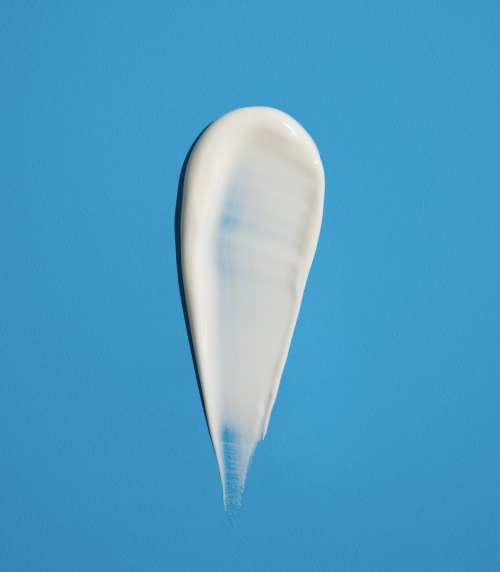
Learn more about the sun and your skin
2. Smoking
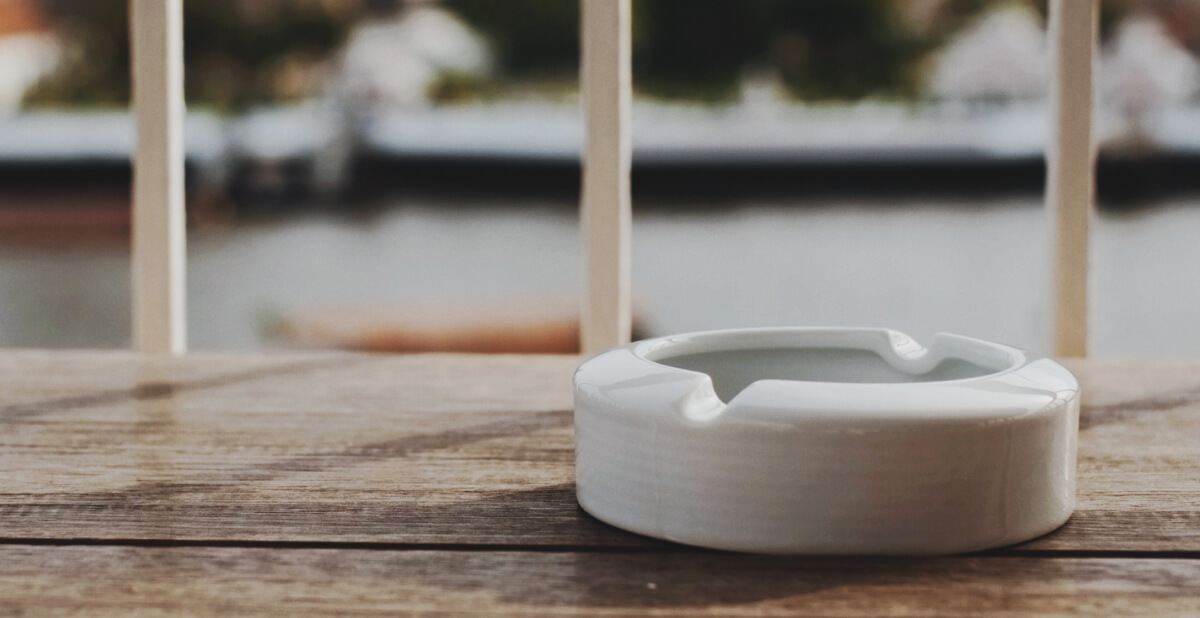
Tobacco smoke contains over 3,800 harmful chemicals. These trigger oxidative stress, damaging the skin and breaking down collagen, leading to wrinkles, sagging, and dullness. And the more you smoke, the more it can leave a mark—studies show a direct link between the number of cigarettes smoked and the severity of these signs.
But aging isn’t the main concern. In her research, Dr. Puig also highlights the relationship between smoking and other skin health risks, such as keratoses and certain types of skin cancers.
What you can do:
We aren’t here to judge. But when it comes to improving your skin’s appearance and your overall health, quitting smoking is the way to go. And the sooner the better—research shows that stopping won’t automatically reverse the signs of aging. However, it’s never too late to start taking care of your skin.
Learn more about smoking and your skin
3. Pollution

Whether sitting in traffic or taking a stroll around the city, we’re exposed to some level of pollution daily. Although your skin acts as a first layer of defense, microparticles in the air can stick to it.
Over time, this can cause cell damage via oxidative stress and lead to wrinkles or uneven pigmentation (science shows that pollution, especially particulate matter, is a major cause of dark spots).
Another culprit? Ozone—gases that are great at protecting the planet, but harmful to your skin. High ozone levels can deplete your skin’s reserves of helpful vitamins such as C and E, according to Dr. Puig’s research.
What you can do:
Stick to your skincare routine. Cleanse your skin daily, especially at night, to get rid of any pollution particles sticking around. Follow up with a moisturizer to help reinforce your skin’s barrier function.
Another strategy? Opt for a sunscreen with antioxidants designed to combat pollution’s effects.
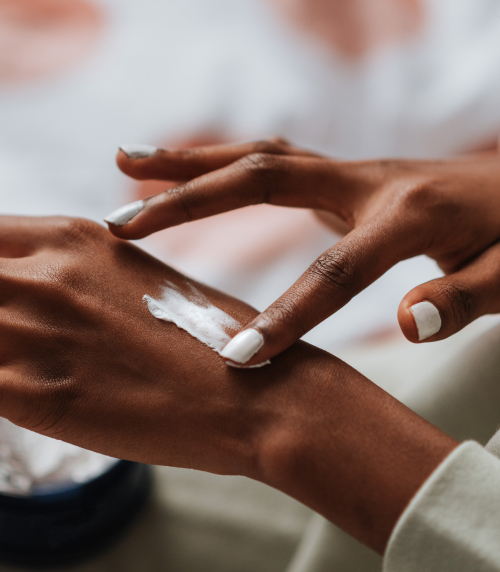
Learn more about pollution and your skin
4. Diet
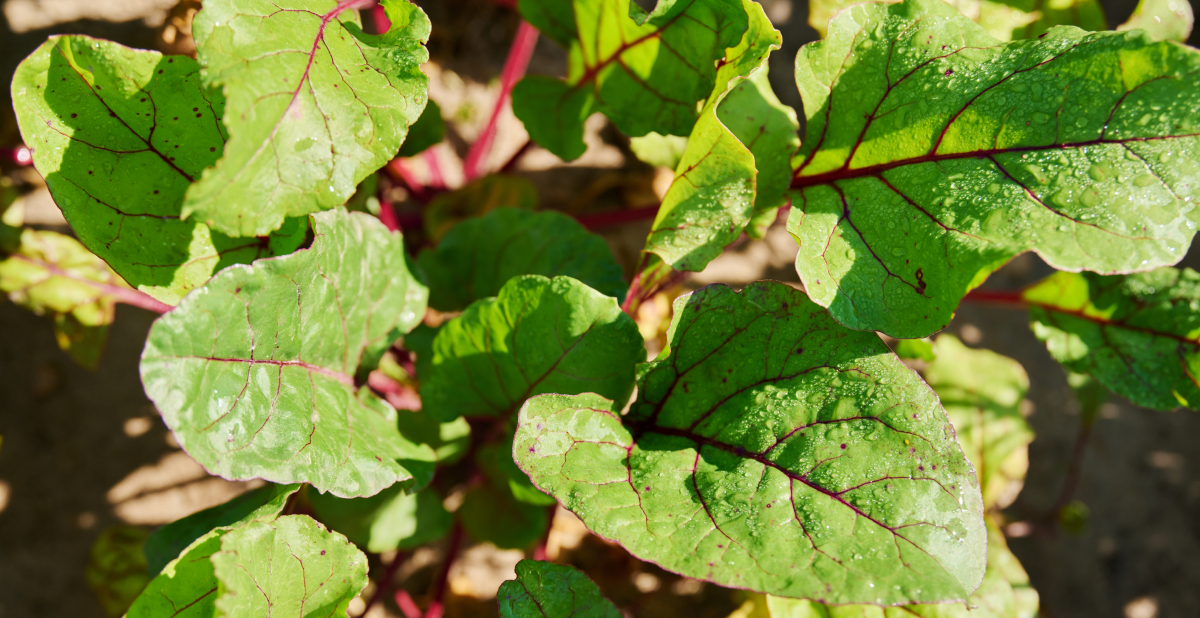
The food you eat fuels your body, energy levels, and skin health. And fortunately, it’s an exposome factor that’s in your direct control.
A great place to start? Limiting ultra-processed foods. Fried items, sweets, and especially processed meats can cause glycation, a process that damages skin proteins.
On the other hand, fresh produce (loaded with vitamins and antioxidants) can help neutralize harmful free radicals. Dr. Puig’s research shows that niacinamide—a form of vitamin B3 found in fish, eggs, and nuts—can also combat the effects of daily skin stressors.
What you can do:
Your skin’s favorite diet is one rich in plant-based foods and healthy fats. One study even found that eating this way could help lower your risk of skin cancer. Try stocking up on superfoods, like seasonal fruits and vegetables, and cutting down on refined sugars to both look and feel your best.
Learn more about your diet and your skin
5. Stress
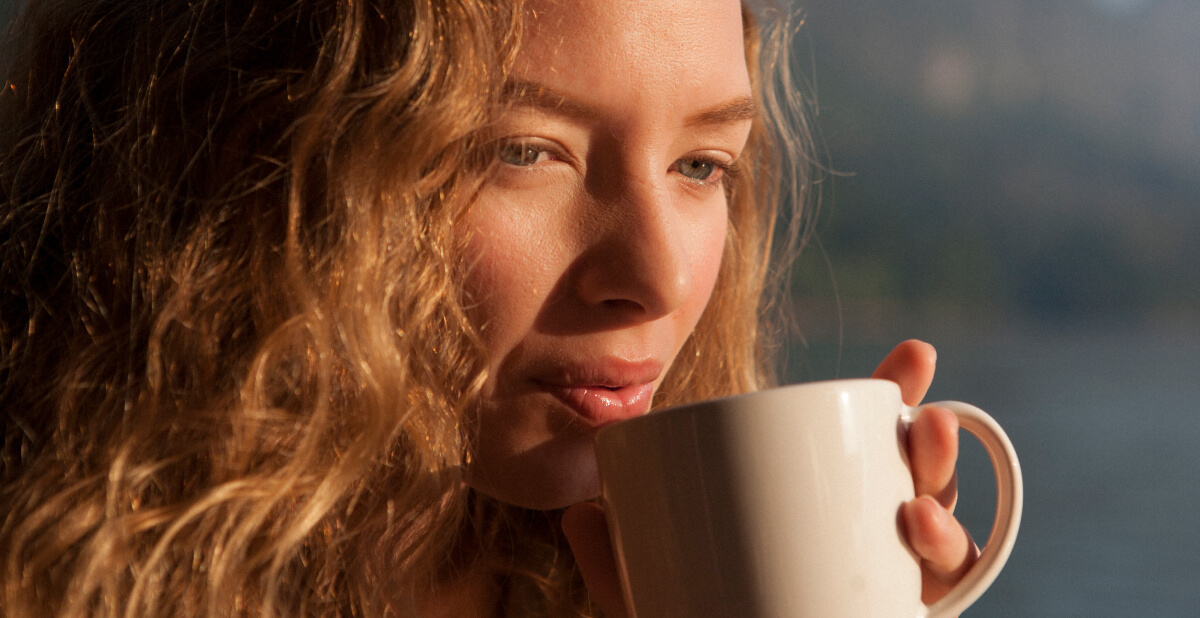
Science suggests that chronic stress can contribute to your skin’s natural aging process.
Here’s how it works: When you’re stressed, your body releases a hormone called cortisol. While occasional stress can actually help your body to repair itself, high cortisol levels can dampen your immune system over time, causing inflammation, increasing oxidation, and impairing your skin’s barrier function.
The result? More dehydration, discoloration, and expression lines.
What you can do:
Take this as a sign to slow down. We know, easier said than done—but one of the best things you can do for your health (skin and otherwise) is to recharge your batteries.
Make time for yourself with a few minutes each day to move your body or do something that brings you joy. Or carve out a quick self-care moment by turning your evening skincare routine into a calming ritual.
Learn more about stress and your skin
6. Sleep

Ever wondered why your skin actually looks better after a few nights of great sleep? At night, the skin conducts a natural repairing activity to try to reverse any damage suffered during the day.
But when you skimp on sleep, this process is disrupted. The outcome? A weakened skin barrier, increased sensitivity, and a dull, tired complexion. Science has shown that lack of sleep can even accelerate the signs of aging, such as wrinkles and fine lines.
Getting enough rest also helps your body produce hormones, such as melatonin, that help to protect it from damage.
What you can do:
Your skin is more permeable at night — meaning it’s also more receptive to skincare products. Try introducing antioxidant melatonin and renewing retinal into your nightly routine.
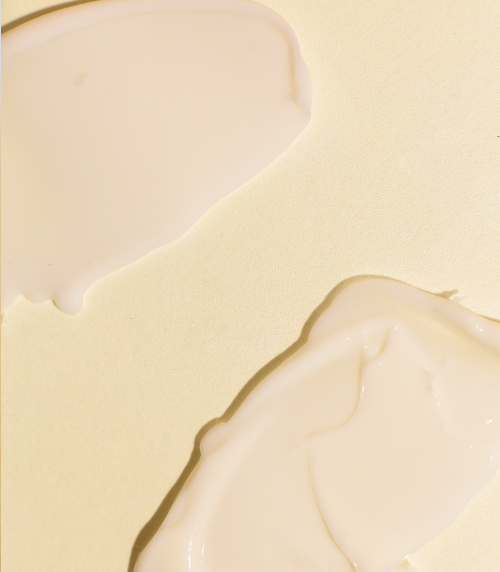
Learn more about sleep and your skin
7. Climate
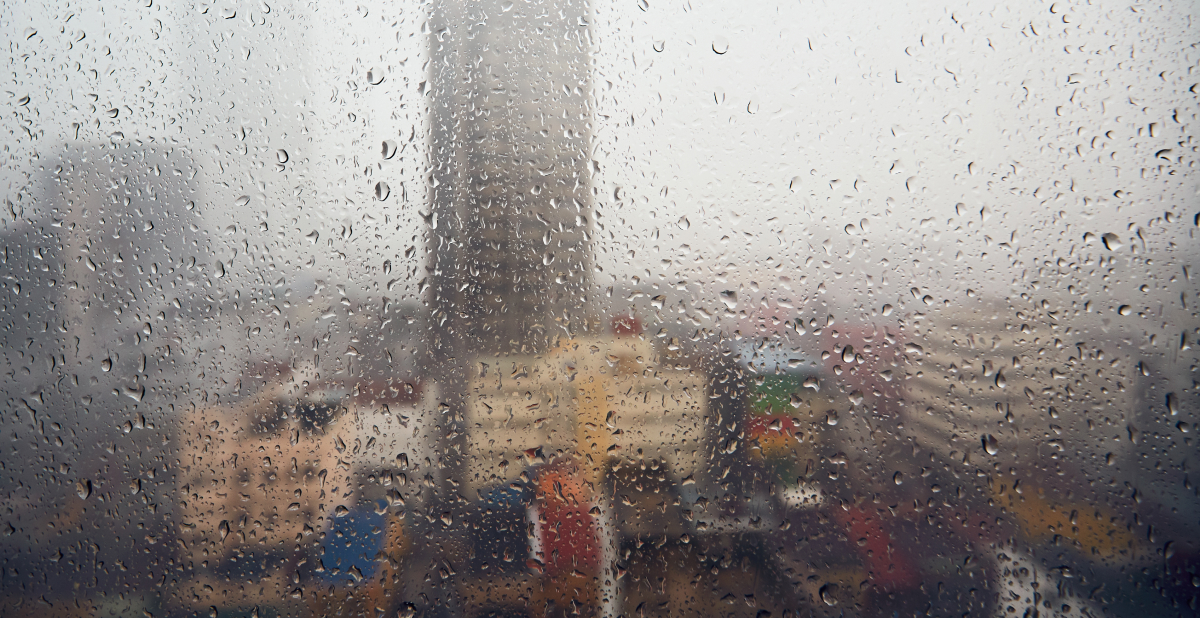
Your skin is your first line of defense against the elements. Extreme temperatures and humidity changes can affect how it looks and feels.
Warmer weather can speed up moisture loss, leaving the skin dry and stressed. Cooler temperatures and lower humidity also lead to dehydration, leaving the protective skin barrier vulnerable—even in normal or oily skin types.
These seasonal shifts can also influence common skin conditions, such as psoriasis and eczema.
What you can do:
Find a daily moisturizer suited to your skin type to help boost your natural barrier function and prevent water loss. And remember: sunscreen is always a good idea, whatever the weather.
Learn more about climate and your skin
It’s all connected
Dr. Puig put it best, “The exposome factors are all intertwined—interacting, enhancing, or counteracting each other.”
The takeaway? Self-care doesn’t start with a product—it starts with you. Sleep, stress management, and nourishing food are essential steps toward healthy skin.
Then comes protection: sunscreen, cleansing, hydration, and support through science-backed skincare. It’s this combination of well-being and care that helps your skin stay radiant, resilient, and, most importantly, happy.
References:
Molina-García M, Granger C, Trullàs C, Puig S. Exposome and Skin: Part 1. Bibliometric Analysis and Review of the Impact of Exposome Approaches on Dermatology. Dermatol Ther (Heidelb). 2022 Feb;12(2):345-359. doi: 10.1007/s13555-021-00680-z. Epub 2022 Feb 3. PMID: 35112325; PMCID: PMC8850514.
Molina-García M, Malvehy J, Granger C, Garre A, Trullàs C, Puig S. Exposome and Skin. Part 2. The Influential Role of the Exposome, Beyond UVR, in Actinic Keratosis, Bowen’s Disease and Squamous Cell Carcinoma: A Proposal. Dermatol Ther (Heidelb). 2022 Feb;12(2):361-380. doi: 10.1007/s13555-021-00644-3. Epub 2022 Feb 3. PMID: 35112326; PMCID: PMC8850498.
Krutmann, J., et al. (2017). The skin aging exposome. Journal of Dermatological Science, 95(3), 167-175. Krutmann, J., et al. (2017). https://www.jdsjournal.com/article/S0923-1811(16)30816-7/pdf
Khmaladze I, Leonardi M, Fabre S, Messaraa C, Mavon A. The Skin Interactome: A Holistic “Genome-Microbiome-Exposome” Approach to Understand and Modulate Skin Health and Aging. Clin Cosmet Investig Dermatol. 2020 Dec 24;13:1021-1040. doi: 10.2147/CCID.S239367
Lim, S. J., et al. (2021). Skin exposome science in practice: Current evidence on hair biomonitoring and future perspectives. ResearchGate.
Côte d’Azur University. (n.d.). Clinical and biological impact of the exposome on the skin.


